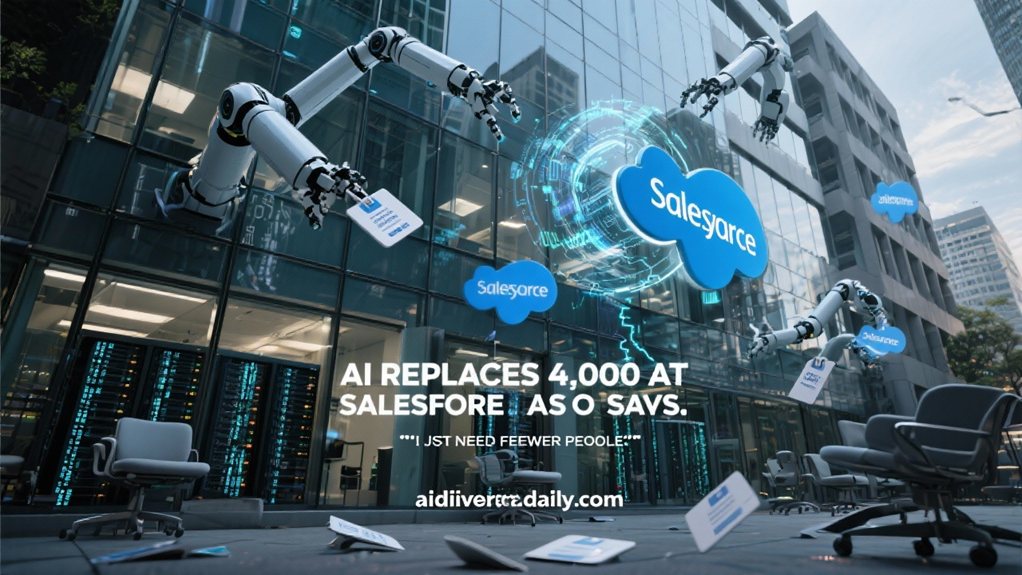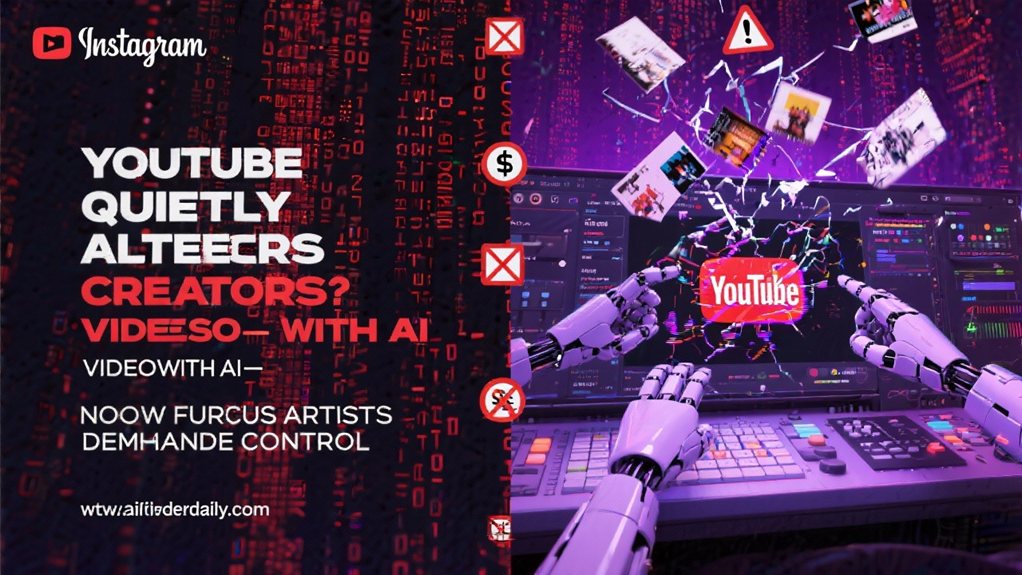While the AI world was still digesting the capabilities of GPT-4o, OpenAI has already moved on. The company just dropped its GPT-4.1 series – and competitors are freaking out. Why? These models are dirt cheap and scary good.
OpenAI’s new lineup includes three flavors: GPT-4.1, GPT-4.1 mini, and GPT-4.1 nano. Each targets different budgets and needs. The kicker? They’re API-only. Sorry, ChatGPT users. You’ll have to wait.
OpenAI’s API-only triple threat leaves ChatGPT users in the dust while catering to every enterprise budget.
The performance numbers are turning heads. GPT-4.1 scores 54.6% on SWE-bench Verified. That’s technical talk for “this thing codes like a beast.” It’s making Google’s Gemini and Anthropic’s Claude models sweat. With white-collar jobs being first in line for AI disruption, these benchmarks are particularly significant.
But it’s the pricing that has everyone buzzing. GPT-4.1 nano costs just $0.10 per million input tokens and $0.40 for outputs. That’s practically pocket change in the AI world. The mini version slashes costs by 83% compared to GPT-4o. Big business loves a bargain.
All three models handle up to a million tokens of context. That’s enough to process entire codebases or books at once. Try doing that with earlier models. Ha!
These models aren’t just cheap – they’re built for business. They excel at parsing customer service inquiries, handling complex coding tasks, and powering data analysis tools. GPT-4.1 generates cleaner front-end code that impresses even seasoned developers. Real-world users like Blue J are reporting 53% more accuracy on complex tax scenarios. Soon, businesses will be able to fine-tune GPT-4.1 and 4.1 mini for custom applications.
The models’ June 2024 knowledge cutoff keeps them current – a vital feature for businesses needing up-to-date information.
What’s the catch? There’s always a catch. Accuracy can decrease with longer inputs, so specific prompting is necessary. But that’s a minor quibble.
OpenAI’s strategy is clear: dominate the enterprise AI market with models that are both powerful and affordable. Competitors are scrambling to respond. Meanwhile, businesses are already opening their checkbooks. The AI arms race just got a lot more interesting – and a whole lot cheaper.









